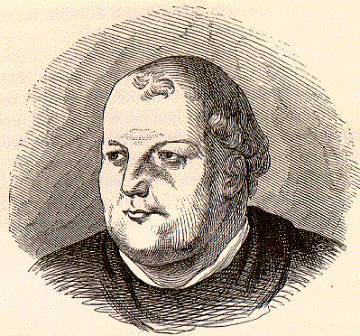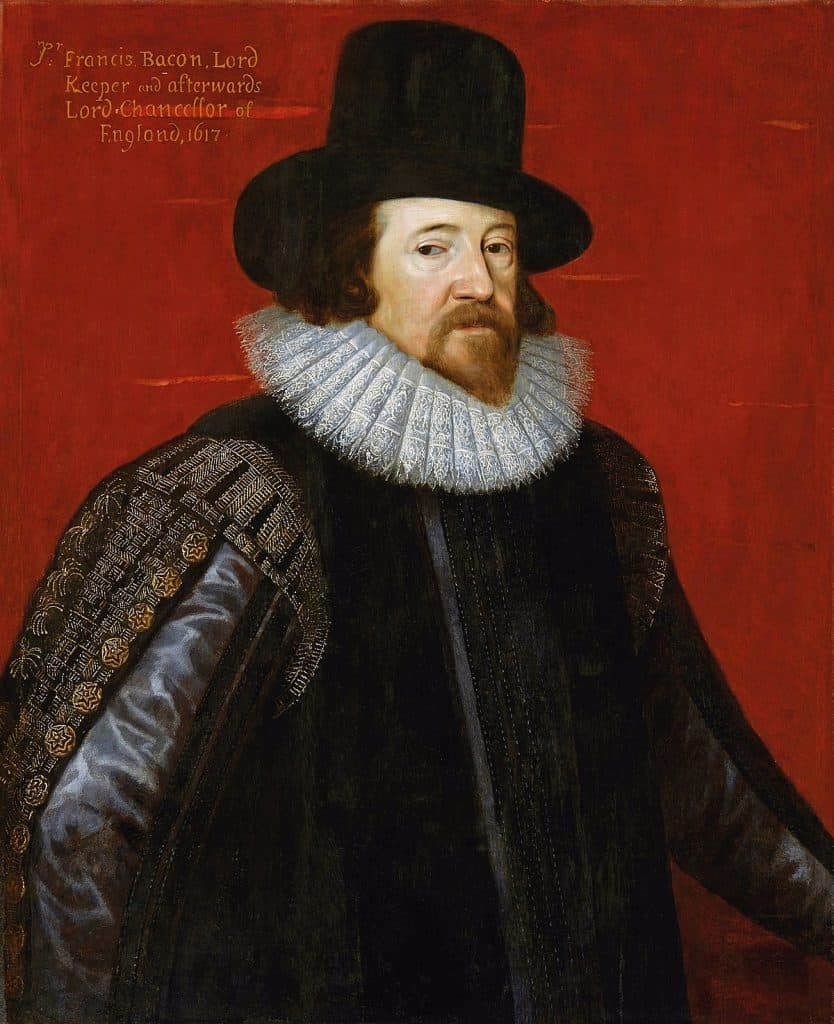The Reformations of the sixteenth century are remembered as many different things. Interpreters focus on this period as a time of religious renewal, ecclesiastical schism, social upheaval, and political realignments. All of these approaches and more can be supported to varying degrees by the available evidence. Another emerging field of Reformation studies focuses on how various Reformers utilized the popular media of the time as a means of communicating their message to the masses. Martin Luther and other early Protestant polemicists utilized new technologies such as the printing press, invented only about seventy years before Luther unleashed his 1517 attack on the sale of indulgences. Luther and his colleagues demonstrated the vast power of popular literature, art, and music to mobilize support among ordinary German people. Like so much of Luther’s legacy, his contributions to the embrace of popular media as a tool for theological discourse had both intended and unintended consequences. Some of those unintended consequences moved in directions that he probably never anticipated, at least not fully, and of which he would not have approved. Yet even those uses of popular Christian media that would have disturbed Luther owe much to his example. At the very least, the freedom to explore diverse perspectives on scripture and theology free from institutional censure was a value supported by the rise of popular mass media, which Luther also endorsed.
One challenge in understanding the rise of popular mass media is deciding how one is going to define the words “popular,” “mass,” and “media.” Popular and mass are both terms that speak to the pervasiveness of media influence. In this context, “popular” culture indicates cultural forms that are embraced at the grassroots in contrast to elite cultures that remain primarily the domain of a smaller group at the upper levels of the social structure. There were popular cultures that existed before the invention of the printing press in the fifteenth century. Scholars often speak of popular religious movements throughout the medieval period, and ancient Athens crafted a theatrical culture that was certainly popular in its wide appeal even as it also gave intellectuals much to ponder. However, these popular movements were very regional in scale in their day, though their extended influence did travel far over time. What emerged in the fifteenth century was the ability to multiply cultural influence significantly through mass reproduction and wide dissemination. This ability was new. Hand-copied manuscripts that took a long time to reproduce were replaced by a technology that enabled quick and cheap dissemination of ideas in a portable form. The notion of “popular” took on an entirely new dimension as the number of people who could access ideas, both because of availability and rising literacy, grew exponentially. That wider availability was as much a matter of voice as it was one of the medium. Luther seized vernacular communication as a means of overcoming the linguistic divide between the speech of the people and the language of the elites. This divide was imposed by the official adoption of Latin as the common language of the church, politics, and education during the medieval period.
The kinds of “media” circulating in the sixteenth century lacked some of the forms available today, but they were still amazingly diverse. Printed texts provided outlets for scripture translation, devotional writings, satire, and many other literary forms that would shape sixteenth-century cultures. Rising literacy and these newly available texts had a symbiotic relationship. More readers raised the demand for more texts while the increasing availability of texts in the vernacular made it easier for people to learn how to read their own languages. Illustrations continued to speak powerfully to the early modern world just as they had to the medieval world. A crucial difference was the circulation of woodcuts and the printing of illustrations on the printing press. While these images were not quite as exquisite as medieval illuminated manuscripts, they communicated ideas through visual representation to an ever-expanding audience. European monarchs influenced by the Renaissance competed to secure a reputation as patrons of the arts. Music and art benefitted from this patronage. The German hymns of Luther and the English choral compositions of Thomas Tallis (1505-1585) brought new forms of musical styling to the awareness of popular audiences as they were harnessed to enhance the worship of sixteenth-century faith communities. Fusions of style and experimentation with new forms in all these areas also became a focus for Catholic thinkers as Roman Catholics saw the utility of the popular media embraced by Protestants and began to create their own versions. Nowhere was the synthesis of Catholic forms with popular culture more fascinating and vibrant than on the frontiers of Spanish and Portuguese exploration where a process of transculturation created popular forms of worship that synthesized native forms with Christian doctrine and European traditions.
Unfortunately, this period also marked the emergence of the dark side of popular Christian media as well. Luther generally accepted some Roman Catholic critics’ critiques that the interpretive freedom he defended raised the risk of interpretive anarchy. However a fair critique, he believed the benefits outweighed the risks. Even those who would agree with his assessment also must admit that five centuries of hindsight have amply demonstrated that democracy in communication opens the playing field to the responsible and irresponsible alike. Religious pamphlet wars and populist scriptural interpretations that sparked energetic European theological debates also helped pave the way for tragedies such as the German Peasants’ War, religious persecutions and inquisitions, the siege of Münster in 1534-35, three centuries of witchcraft trials, and the devastation of the Thirty Years War.
Popular Christian media on a mass scale emerged in the fifteenth and sixteenth centuries as a powerful new tool for the church. Like all tools, Christian media can be used both to build up and to tear down depending on the user. Five centuries later as many prepare to celebrate the anniversary of Luther’s Ninety-Five Theses, popular Christian mass media continues to play a disproportionate role in shaping Christians’ perspectives on God, the church, and the cultures in which they live. Popular Christian media’s influence has been leveraged both for the better and for the worse. The easy availability of Christian ideas made possible through the wide dissemination of Christian popular media has ironically led at times to a diluting and a cheapening of the message conveyed by those mediums. The profit motive has sometimes trumped theological precision. Healthy skepticism of traditional authorities often gives way to a populist cynicism in which all credentialed authorities are suspect, and it is the populist quack with little real knowledge but lots of enthusiasm that sways the Christian populace. If Christians are honest, they have to concede that the abuse of American popular Christian media bears some of the blame for the emergence of the “fake news” culture and the postmodern undermining of factual data that afflicts our current public discourse.
At the same time, popular Christian media done well continues to communicate the message of salvation and grace in ways that honor the best efforts of sixteenth-century creators of popular Christian culture. At its best, popular Christian media can help overcome the barriers that separate now just as it helped to overcome the linguistic and cultural barriers of the sixteenth century. Conceived well and executed with care, popular Christian media can be uniting, encouraging, convicting, and thought-provoking. Our commemoration of the 500th anniversary of Luther’s reform movement provides an excellent opportunity to ask ourselves anew what kind of perspective our popular Christian media is communicating to the church and the world. It is a time to ask how we can learn the lessons from a mixed legacy of Christian engagement with popular media and create media that will impact present and future generations for the glory of God as well as the good of humanity.
Photo by Bruno Martins on Unsplash







